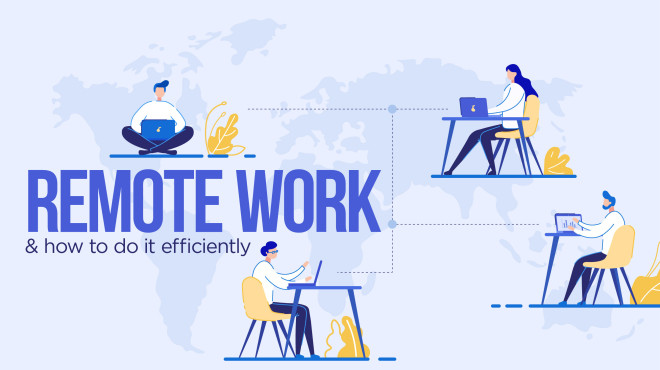Most modern business operations are still super dependent on face-to-face interaction. A lot of leaders are scrambling to figure out how to effectively manage newly remote teams and ensure that teams are still productive. We are fortunate at ACDI because our teams have always been distributed.
We have many remote employees all over the country and by necessity, we have had to figure out how to build and manage remote teams in a way that ensures the teams have chemistry, team cohesion, and accountability. We believe strongly that remote teams can thrive and develop successful and innovative products and be just as effective as teams whose members are all collocated.
Here are some of our best practices for working, leading and managing a remote team.
Do it on video, nothing is harder than to try and get the message across without seeing and hearing the person. Believe it or not, we speak a lot more effectively with adding in the nonverbal communication. You need to see reactions and facial expressions and the emotional impact of words. The importance of heavily using video conferencing cannot be emphasized enough. Regular face to face communication is vital to create a feeling of teamwork and to ensure that people are communicating well. Phone calls just aren’t the same. Also, typing can slow the conversation substantially compared to a video conversation. Again, the key to fixing this lies in heavily using video conferencing tools.
Be Nimble. Using a formal agile management process facilitates accountability and predictability across a team. We are a scrum shop, which allows us to have better visibility into productivity and a framework for a team to share accountability. Scrum may not come to most people’s mind when they think of teams working together but it is surprisingly a perfect definition. (Google Search)
“a set of practices used in agile project management that emphasize daily communication and the flexible reassessment of plans that are carried out in short, iterative phases of work.”
This also ensures that everyone has clear tasks that they are committing to and accomplishing and an understanding of what everyone else on the team is working on. This is especially powerful when it’s practiced throughout an organization.
Use collaboration tools, that allow everyone on the team to see the same information and easily collaborate on it. To make collaborative tools even more effective, use the tools in conjunction with video conferencing as part of every conversation. Communicate more when it’s chaotic. Even if you feel like you are communicating like crazy, it probably isn’t enough. One of the biggest challenges for remote teams is misunderstandings and miscommunication. Tools like Slack or Google Hangouts feel like they are helping us communicate better (and often they do) but the written word can also make it easy to misunderstand intentions.
Fight solitude, by helping the team avoid isolation and loneliness with regular and often check-ins. These are real problems for remote workers and teams. As a leader, you need to make sure that people still feel teamwork, trust, and personal interaction. They need to feel like they are part of something bigger and feel like they are working toward a clear goal. Your team also needs social interaction with each other to feel the camaraderie.
Schedule regular online social interactions between your team members and encourage team members to have watercooler style conversations regularly. Have virtual lunches or virtual cocktail hours for your teams to let down their guard and communicate more casually.
The ability to “get ready” and fill in the white space that will open on your calendar with self-development sets you apart. Keep in mind that even once the dust settles, ‘Bring Your Own Office’ will not be going away… AND your services will boom if you prepare correctly.
Training certifications will better equipt you to qualify opportunities for print management solutions and in supporting your teams. Not only that but being able to drive the sales cycle and budgetary pricing will avoid you having to wait on any bottlenecks for support. Expect an introductory level of information, for example, Introduction to PaperCut, Targeted industry verticals, and their challenges/needs, Key features of PaperCut MF, How to position PaperCut MF, and Useful PaperCut resources. It’s highly relevant to anyone involved in selling PaperCut MF. Afterward, you can discuss the next steps to put this into action with your teams, ultimately driving the services pipeline and more revenue into your teams.





